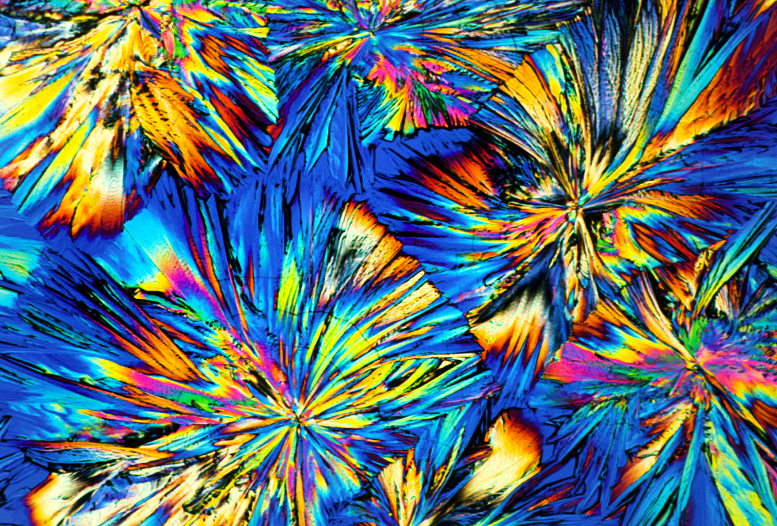Paper Predators and Adrenaline Junkies
Adrenaline is a beautiful thing. Within our own bodies resides a serum that elevates awareness and heightens our senses. Adrenaline allows us to become hunters with razor sharp focus and quickened responses. All we have to do is create the right stressful scenario to allow it to course through our bodies.
Historically, adrenaline served a great purpose: to elevate awareness during times of crisis. Often referred to as the “fight or flight” response, adrenaline came in handy for our ancestors when confronted by large predators.
Fast forward to the present.
We’re no longer pursued by large predators on a regular basis, but adrenaline is still available to put to good use in times of danger and crisis. In our fast paced deadline oriented world, professionals have been using adrenaline to help slay the Paper Predator:
-- the report due at the end of the fiscal quarter -- the important presentation -- a quarterly tax filing, etc.
Workers skillfully draw upon adrenaline to allow them to sharpen their senses and complete tasks. Individuals with ADHD often rely on the adrenaline response for actions other than the truly urgent. Important actions that are not urgent, what Steven Covey refers to as Quad II actions, can be dressed up as predators to elicit the adrenaline response resulting in more dopamine production and more concentration.
Tapping this hormonal response too often, though, can induce an ARC response and can have grave consequences in the form of stress related health challenges resulting from having too much worry and anxiety in one’s life. A key piece of managing ADHD is managing stress. Managing stress is done when one effectively manages urgency.
Replacing urgency with The Six Cs of Completion can result in significantly less stress in one’s life and make way for more inspiration in ones life.
The Six Cs of Completion
The Six Cs of Completion introduce concepts that support meaningful and intentional completion practices that don’t rely on urgency and help to manage distraction. Commitment is the keystone concept, the divider between thinking about options and choices (ideation side) and actually getting into action (production side). Curiosity and choice precede commitment while creativity, completion and celebration follow.
Curiosity - This is where it all begins. The main tool here is asking simple open-ended questions. What do I want to have happen? Who can I access as a resource? What rule or belief no longer works for me?
Choice - Make this a powerful tool. Choose the completion carefully and be clear about the first step. On the flip side limiting choices will guarantee you get traction where you want it. We often use urgency to force a choice of one. Practice being at choice will give a sense of control.
Commitment - Commit once, commit powerfully to the intention in this moment. People with ADHD can struggle with indecision because they have not fully committed to an intention wasting a huge amount of time dancing around either side of the 'commitment portal'.
Creativity - Tap into what's already there. People with ADHD are highly creative. Don’t try harder (more discipline), try doing it differently. Creativity only shows up when we make space for it. Make space by making time. Working on actions early will guarantee creativity and choice. People make the mistake of expending too much creativity on the ideation side before commitment. Place creativity in the action side of commitment.
Completion - Focus on identifying and completing a step. Each step counts as a completion. Not to be confused with finishing, the concept of completion can be challenging for the very fluid ADHD brain that struggles with distinguishing timely pivot points. Visualizing timely pivot points and allowing for transition time can be helpful. This post expands on this concept.
Celebration - Acknowledge the accomplishment. In our rush to move to the next thing we can forget this important step. Celebration also helps bookmark the action-we remember how it was left.
Replacing urgency with the Six Cs is the first step towards managing stress.
Diversify
I’m not suggesting adrenaline does not have its benefits. It is a wonderful tool that allows deep dives into hyper-focus mode. But it is important to diversify your motivators.
Adding The Six Cs approach can add a preemptive strike option to address items before they shift into Covey's Quadrant I (urgent and important). The Six Cs are only possible when one sets aside time, space and energy to address the task.
Making room for time and space requires trust – trusting that the time will be well spent. Try this small experiment as a quick foray into using the Six Cs approach.
1. Choose a relatively small but important action that has languished a bit on your list.
2. Start with curiosity and move through the process identifying and completing a single step in the allotted time (30-120 minutes).
3. Allow for transition time - into the action and out of the action.
4. Sit and be present for a few minutes - the entry point will reveal itself.

